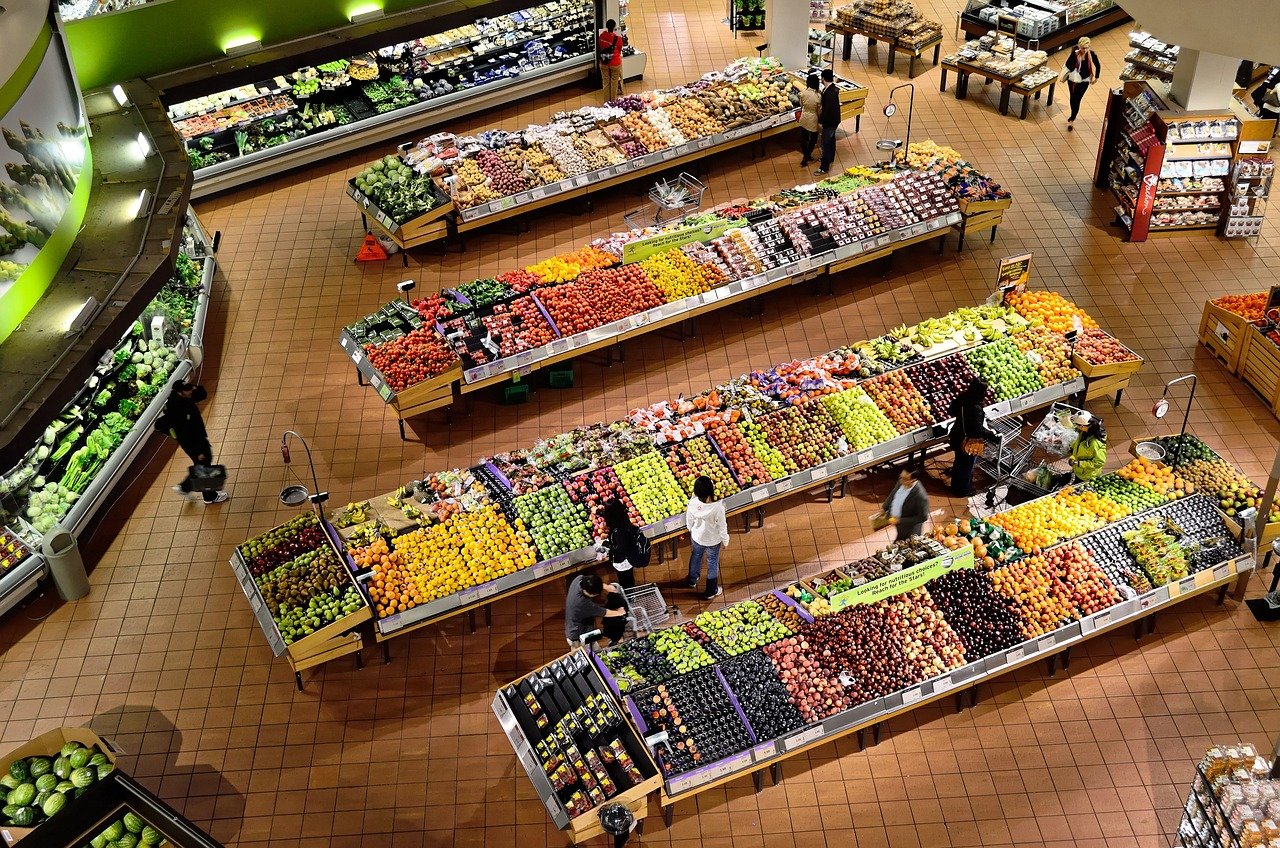Introduction to Sakak
Sakak, also known as “Triticum monococcum,” is an ancient grain that has been cultivated for thousands of years. Despite its long history, it remains relatively unknown to many in modern society. In this article, we will delve into the origins, cultural significance, nutritional value, and potential future of this remarkable crop.
History and Origin
Sakak traces its origins back to the Fertile Crescent, where it was one of the earliest crops domesticated by ancient civilizations. It was a staple food for early humans and played a crucial role in the development of agriculture. Archaeological evidence suggests that Sakak was cultivated as far back as 10,000 years ago.
Importance in Culture and Tradition
Throughout history, Sakak has held significant cultural and religious importance in various societies. It has been used in religious rituals, ceremonies, and traditional celebrations. In some cultures, it is considered a symbol of prosperity and fertility.
Varieties of Sakak
There are several varieties of Sakak, each with its own unique characteristics and flavors. Some common varieties include einkorn, emmer, and spelt. These different types of Sakak have been adapted to various climates and growing conditions.
Nutritional Value
Sakak is highly nutritious, rich in protein, fiber, vitamins, and minerals. It is also a good source of antioxidants, which help protect the body against oxidative stress and inflammation. Additionally, Sakak is gluten-friendly, making it suitable for individuals with gluten sensitivities.
Cultivation and Harvesting
Sakak is a hardy crop that can thrive in a wide range of environments, from temperate to subtropical regions. It requires minimal water and is resistant to pests and diseases, making it an ideal choice for sustainable agriculture. Harvesting Sakak involves threshing the grain and separating it from the chaff.
Culinary Uses
Sakak can be used in a variety of culinary applications, from bread and pasta to soups and salads. Its nutty flavor and chewy texture add depth to dishes, making it a favorite among chefs and home cooks alike. Sakak flour is also popular for baking, producing deliciously hearty bread and pastries.
Sakak in Traditional Medicine
In addition to its culinary uses, Sakak has been valued for its medicinal properties in traditional medicine systems. It is believed to have anti-inflammatory, antioxidant, and immune-boosting properties, making it beneficial for overall health and well-being.
Sakak in Modern Society
While Sakak has been overshadowed by more widely cultivated grains like wheat and rice, there is growing interest in its potential as a sustainable and nutritious food source. As consumers become more conscious of environmental and health concerns, there is a renewed focus on ancient grains like Sakak.
Sustainable Practices in Sakak Cultivation
Sakak cultivation offers numerous environmental benefits, including soil conservation, water efficiency, and biodiversity preservation. By adopting sustainable farming practices such as crop rotation and organic farming methods, farmers can further enhance the ecological benefits of Sakak cultivation.
Challenges in Sakak Cultivation
Despite its many advantages, Sakak cultivation faces several challenges, including limited genetic diversity, market access, and competition from other crops. Addressing these challenges will be crucial for ensuring the long-term viability of Sakak farming.
Sakak and Environmental Impact
Sakak cultivation has a relatively low environmental impact compared to conventional crops like wheat and rice. Its minimal water and pesticide requirements reduce pressure on water resources and minimize chemical pollution. Additionally, Sakak’s deep root system helps prevent soil erosion and improve soil health.
Future Prospects
As awareness of the environmental and health benefits of ancient grains continues to grow, the future looks promising for Sakak. With advancements in breeding techniques and increased consumer demand, Sakak could become a staple crop in sustainable agriculture systems around the world.
Conclusion
Sakak is more than just a grain; it is a symbol of our agricultural heritage and a promising solution to modern-day challenges. By embracing this ancient crop, we can nourish both our bodies and the planet for generations to come.
FAQs
- Is Sakak gluten-free? No, Sakak contains gluten but is considered gluten-friendly due to its lower gluten content compared to modern wheat varieties.
- How does Sakak compare nutritionally to other grains? Sakak is richer in protein, fiber, and certain micronutrients compared to modern wheat varieties.
- Can Sakak be grown organically? Yes, Sakak is well-suited to organic farming practices due to its natural resistance to pests and diseases.
- What are some traditional dishes made with Sakak? Sakak can be used to make bread, pasta, pilaf, and porridge, among other dishes.
- Where can I buy Sakak products? Sakak products are available at specialty health food stores, online retailers, and farmers’ markets.











